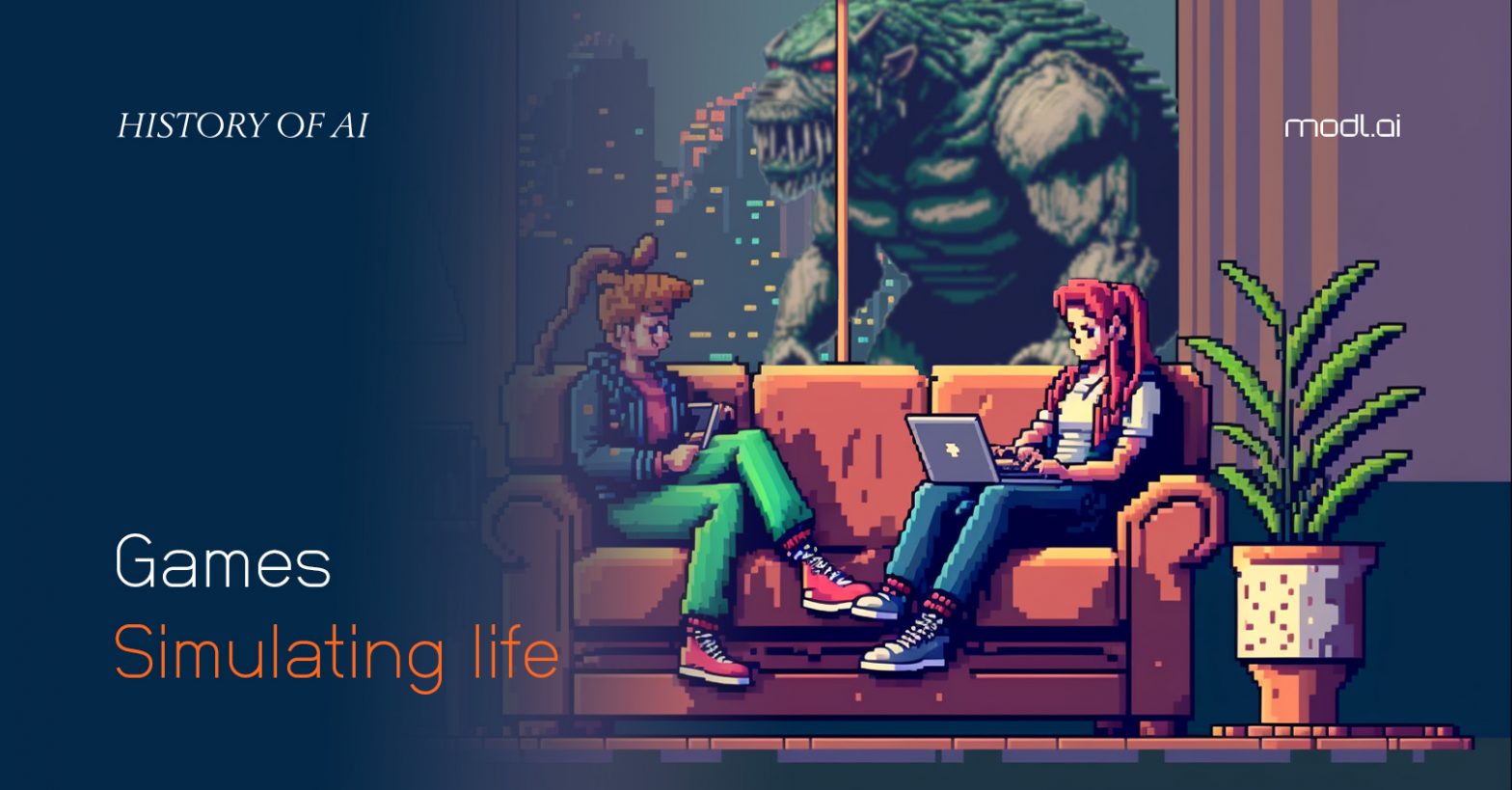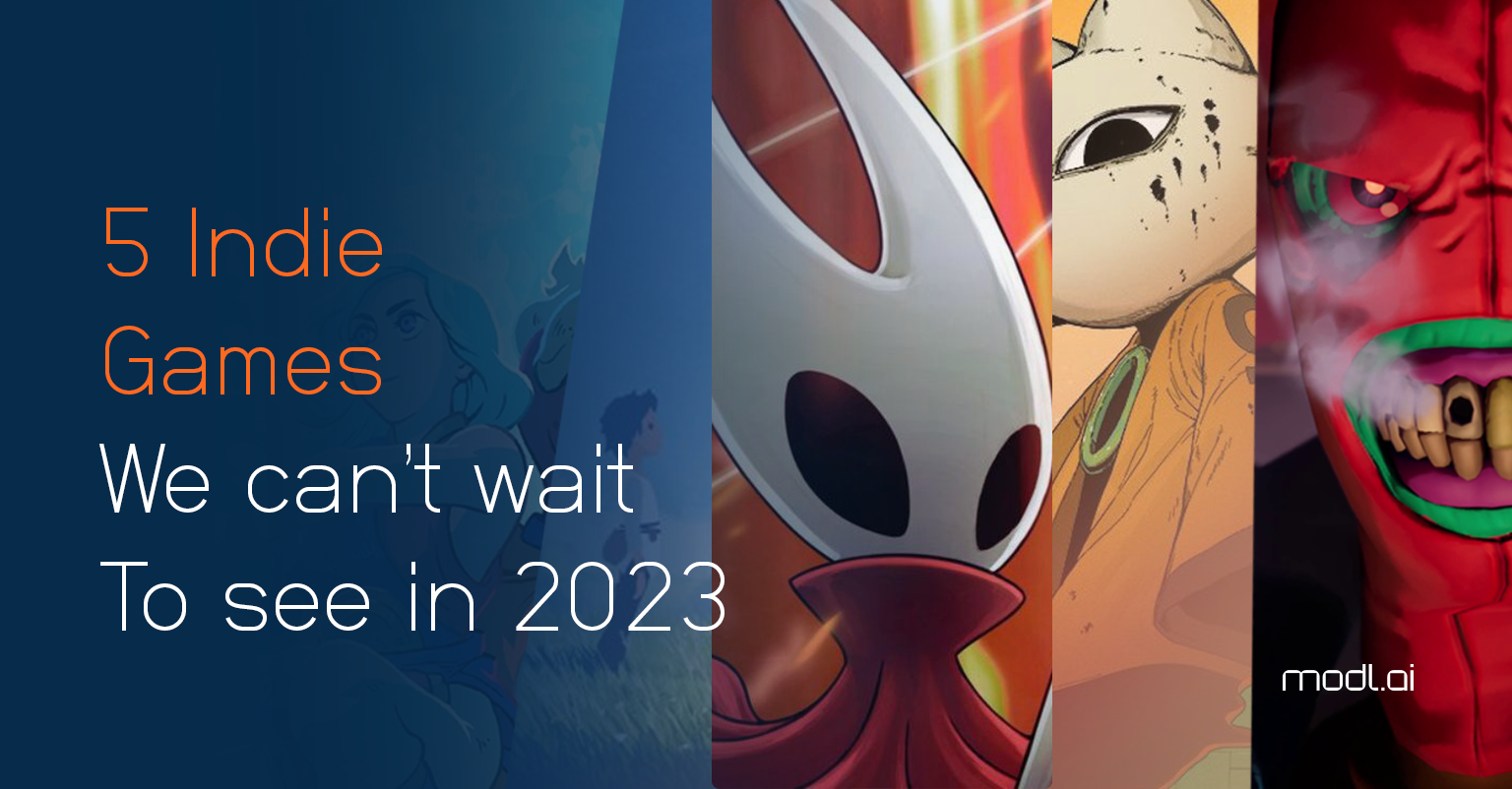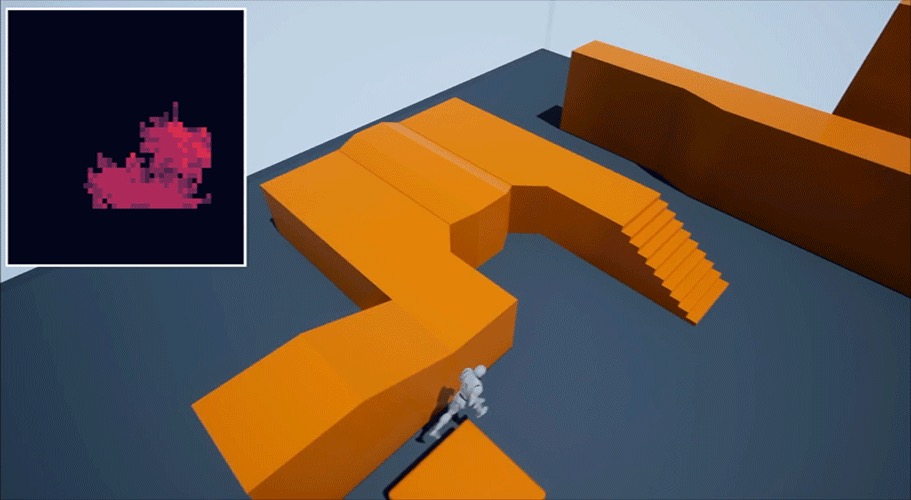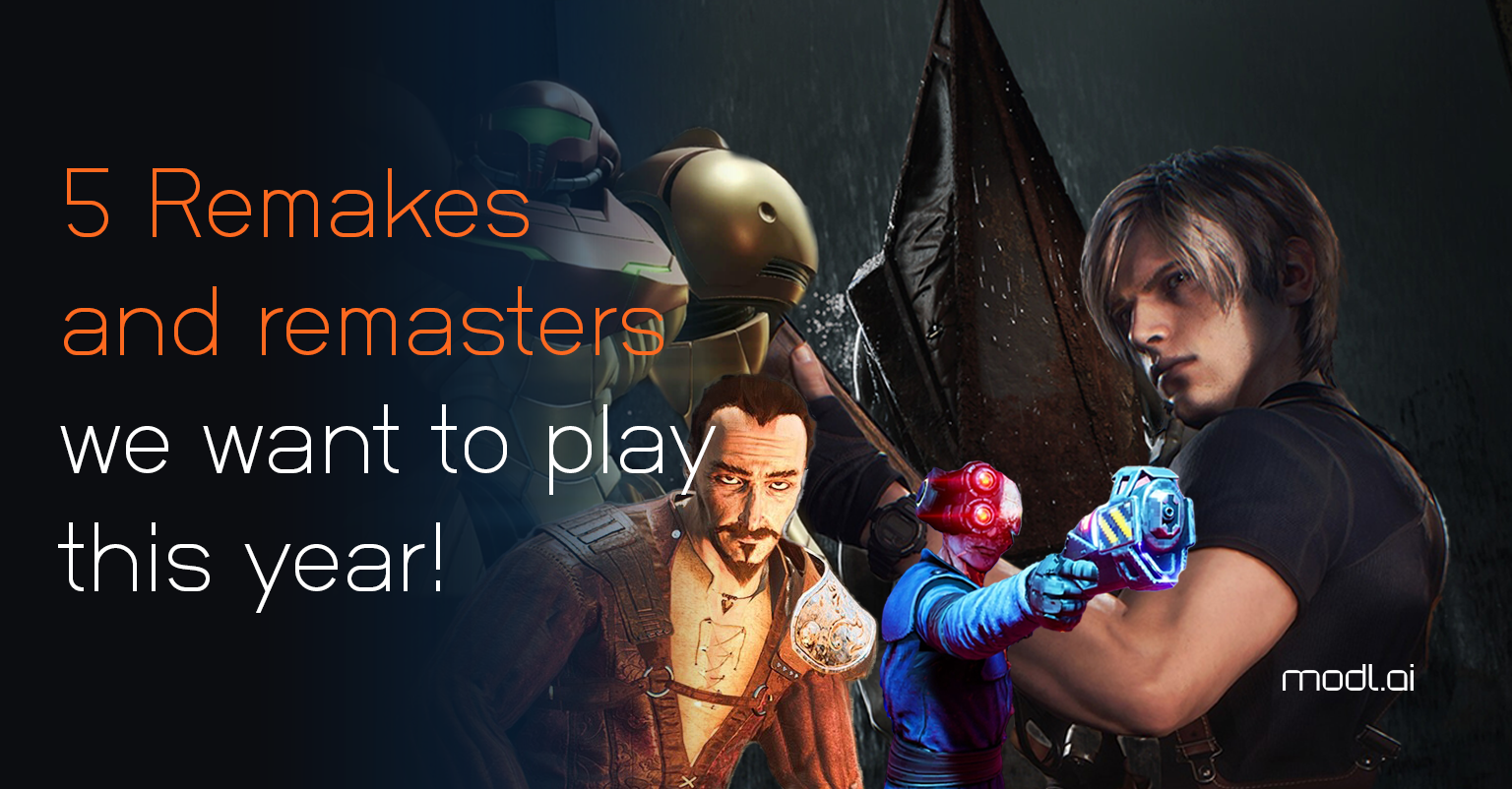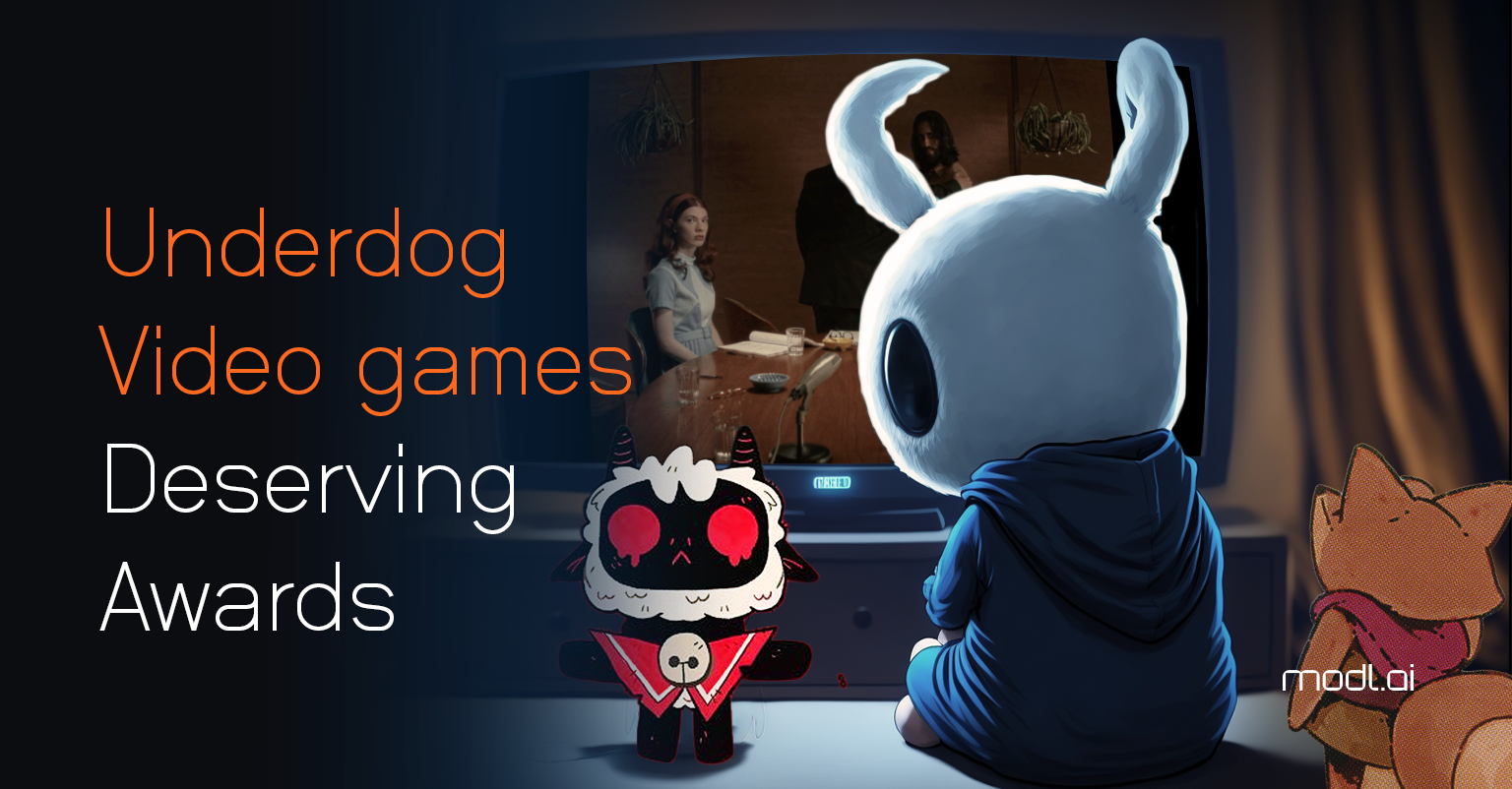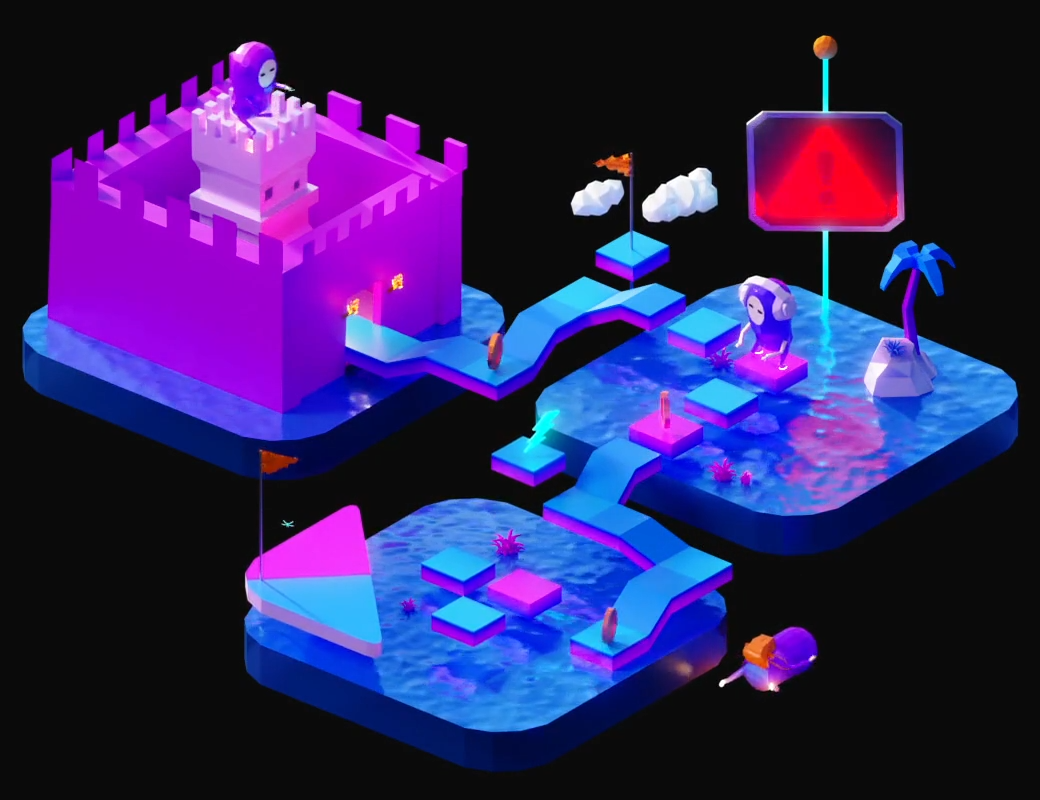When we think of artificial intelligence for video games, we typically think of opponents or adversaries: non-player characters designed to present a challenge or fill the world with activity and life. But quite often, it can be used to create more realistic simulations of human behavior. Complex systems are full of individual characters that might be designed to replicate real-world phenomena or require our guidance to help them achieve their goals. We might teach them or nurture them and maybe even develop some personal attachments along the way.
While much of this is driven by character art and animation, it’s also driven by the decisions these characters make. While these might seem like somewhat innocuous problems, they were the home of early innovations in AI for games at a time when the technology and the hardware weren’t ready to handle the problems they faced.
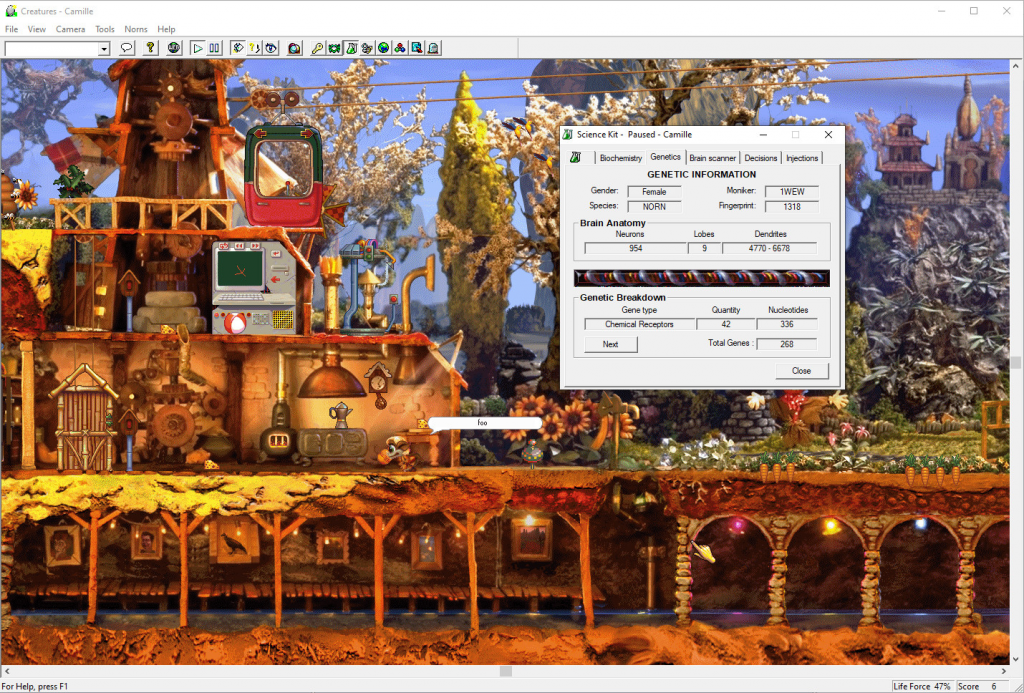
Early Innovations
Groundbreaking games, such as Creatures back in 1996, developed a game around an artificial life system. Players had to nurture little creatures known as ‘Norns’, raising them to maturity and training them with useful skills in order to survive. Each norn used an artificial neural network that was being updated and tweaked the more you interacted with it. Meaning they began to learn new habits and changed behavior over time. This isn’t something you can achieve naturally using traditional game AI methods such as finite state machines or behavior trees, given you would have a lot of rules or logic to say what can be learned, when, and how. Using a neural network can mean the Norns learn of their own accord based on their own parameters, and while it might be less optimal, it makes it feel much more natural.
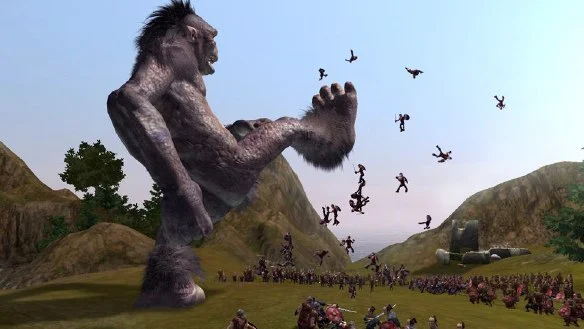
Neural networks are such a huge part of machine learning these days that we forget that many games were experimenting with them decades ago. One of the most famous examples is Black & White. The god simulator by Lionhead Studios in 2001 had players teach giant monsters to do their bidding. These monsters had to learn from your actions what you wanted them to do as you acted as god over the tribes of the new world.
But in many of these cases, the neural networks are shallow, nowhere near the size of those used today. It meant they could even be tuned by hand and didn’t need an algorithm to train them. Comparatively, deep neural networks contain thousands of neurons for processing and millions of connections. Training these is a much more demanding process, but the resulting output, the end, can be much more intelligent than what we see in Black & White or Creatures.

Modern Challenges
These challenges are not limited to just neural network implementations, other simulation games such as The Sims or even modern titles like Cities: Skylines present challenging problems for simulating human behavior that use various AI techniques to solve them. The Sims know there are a lot of different things they can be doing in the world, but letting them figure out which one is best for them is a lot of work. They need to have their implicit wants and needs and calculate which activities in the world make sense for them, whether that’s going to sleep, grabbing something to eat, socializing with friends, or finding a partner. Even simple things we consider commonplace, such as drinking a cup of coffee while watching TV, are something that carries a large amount of complexity to model in a game and requires constraint solvers to say whether two actions can go together at the same time. Meanwhile, other aspects of our day-to-day lives can become overwhelming for AI simulations to capture, like having the thousands of citizens in Cities: Skylines figure out how to go to work or to school, all within an ever-growing metropolis with a myriad of transportation options.

And it’s still a growing problem space to this day, even more, recent games like Watchdogs: Legion are figuring out how to have characters with jobs and social lives that can have relationships with one another and react to changes in their lives. It’s an immense task that – even with the continued growth of AI – is still largely unsolved.
But it’s funny how big an impact this kind of work can have on actual AI research years later. Google DeepMind’s co-founder Demis Hassabis, was the lead AI programmer on Black and White. Meanwhile, Richard Evans, who is also a researcher at DeepMind, not only worked on Black and White but also developed the AI for The Sims 3. It highlights not just how the challenges faced in AI can influence a variety of fields but that video games will continue to be an exciting problem space for researchers – and game developers – in the coming years.
Be sure to stick around for more of our History of AI series here at modl.ai

